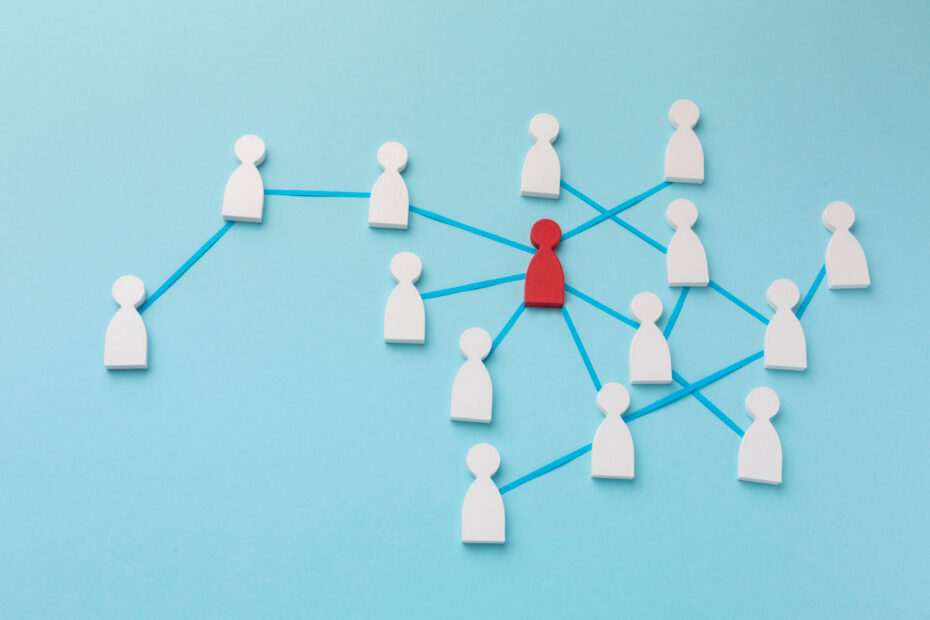Effective communication is the cornerstone of success in both personal and professional relationships. Whether interacting with colleagues, clients, or loved ones, the ability to convey ideas clearly and confidently can lead to better understanding, collaboration, and overall satisfaction. In this article, we’ll explore some key strategies for mastering the art of effective communication.
First and foremost, active listening is essential for effective communication. This means fully engaging with the speaker, paying attention to both their words and nonverbal cues, and seeking clarification when needed. By demonstrating genuine interest and empathy, we can build rapport and create a supportive atmosphere for meaningful dialogue.
Another important aspect of effective communication is clarity and conciseness. Being able to express ideas clearly and succinctly helps ensure that our message is understood and avoids confusion or misinterpretation. This may involve organizing thoughts logically, using simple language, and avoiding jargon or technical terms when speaking to non-experts.
Furthermore, it’s important to consider the context and audience when communicating. Tailoring our message to the needs and preferences of the listener can help ensure that it resonates and achieves the desired outcome. Whether delivering a presentation, writing an email, or engaging in casual conversation, adapting our communication style to fit the situation can enhance its effectiveness.
Additionally, effective communication involves being open to feedback and willing to engage in constructive dialogue. This means actively soliciting input from others, acknowledging different perspectives, and being willing to compromise when necessary. By fostering an environment of open communication and collaboration, we can build stronger relationships and achieve better outcomes.
Moreover, nonverbal communication plays a significant role in conveying our message. From body language and facial expressions to tone of voice and gestures, nonverbal cues can enhance or detract from the clarity and impact of our communication. Being mindful of our own nonverbal behavior and interpreting the cues of others can help us communicate more effectively and build trust.
In conclusion, mastering the art of effective communication requires a combination of active listening, clarity, adaptability, openness to feedback, and awareness of nonverbal cues. By honing these skills and practicing them consistently, we can improve our relationships, enhance our professional success, and navigate the complexities of human interaction with confidence and grace.
